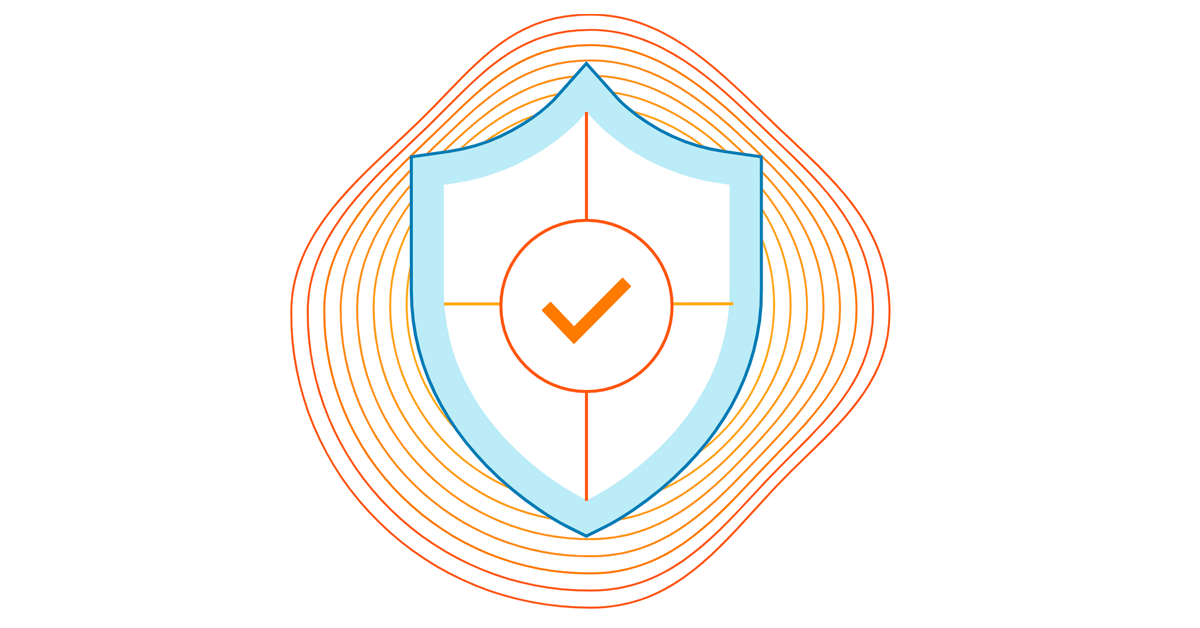0
New Oak Ridge supercomputer outperforms the old in a fraction of the space
The conventional wisdom is that you should update your IT gear, namely the servers, every three-to-five years, which is usually when service warranties run out. However, some companies hold onto their gear for longer than that for a variety of reasons: lack of funds, business uncertainty, on-premises versus the cloud, and so forth.And for a while, the CPU guys were helping. New generations of processors were only incrementally faster than the old ones making it hard to justify an upgrade. The result was longer lifecycles for server hardware. A 2020 survey by IDC found 20.3% of respondents holding on to servers for six years and 12.4% keeping servers for seven years or more.To read this article in full, please click here




